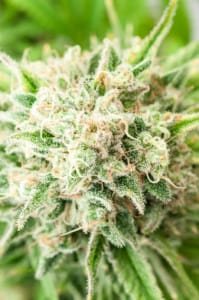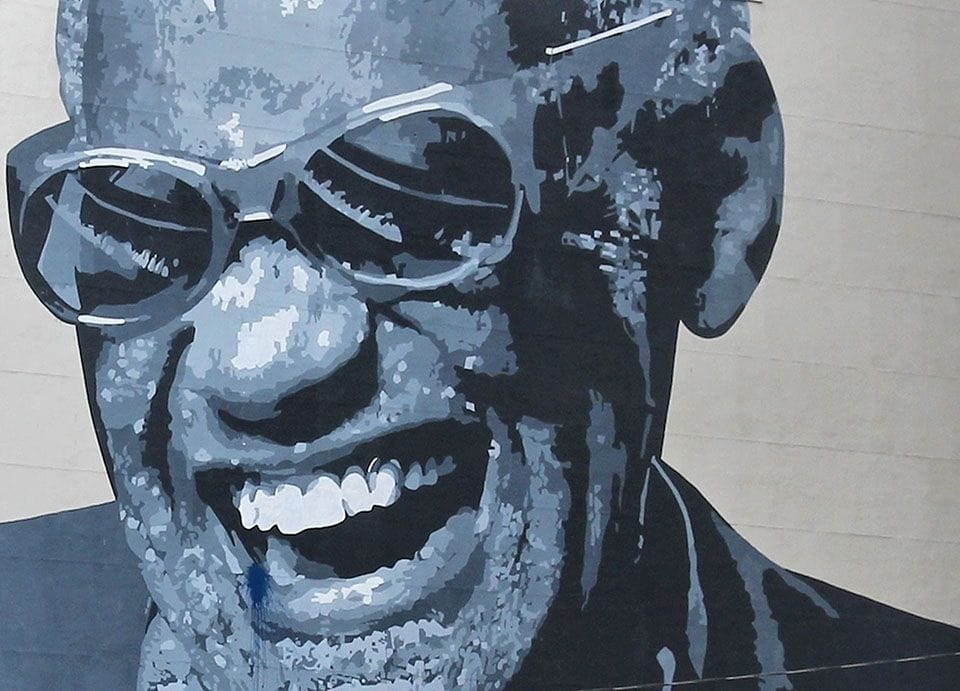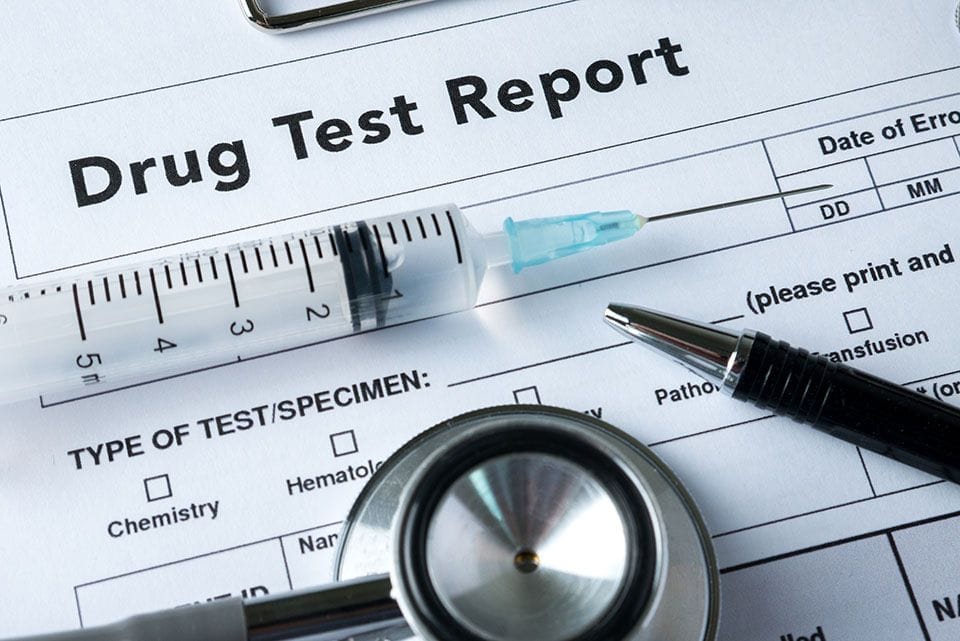Statistics and opinions vary in the ongoing national debate about marijuana, but in one area, there is widespread agreement: kids and cannabis are a bad combination. Studies have linked adolescent marijuana use to neurological harm, an increased risk of addiction and a variety of mental health concerns. As the American Academy of Child and Adolescent Psychiatry (AACAP) puts it in a U.S. Department of Justice roundup of marijuana use consequences, “Adolescents are especially vulnerable to the many adverse developmental, cognitive, medical, psychiatric and addictive effects of marijuana.” In short, the rules are not the same for kids, a fact which should be remembered in the growing national support for medical and recreational marijuana use. Unfortunately, there are indications that teens may be reading increased legalization as a sign that marijuana comes with little risk. Use among adolescents is up after several years of declines, and in a 2013 Monitoring the Future survey, more than 60 percent of high school seniors said they don’t see regular marijuana use as harmful. If your child shrugs off marijuana as no big deal, help him or her understand the special danger marijuana poses for the young. Here’s a look at what some researchers and organizations are saying:
Neurological Effects
Because the adolescent mind is still developing, marijuana use can lead to negative neurological effects. THC, the psychoactive ingredient in marijuana, finds brain cells, or neurons, with cannabinoid receptors and binds to them. Various parts of the brain related to memory, thought, concentration, pleasure, sensory and time perception, appetite, pain, and coordination have high concentrations of these receptors, meaning these areas can be compromised. Heavy marijuana users are at particular risk. One recent study found that teens who were daily smokers for about three years performed poorly on memory tasks even two years after they’d stopped using marijuana. The study also found abnormalities in parts of the brain related to working memory; structures appeared to actually shrink and collapse. Critically, the younger the smokers were when they began chronic use, the more abnormally the brain regions were shaped. In a Time.com story about adolescents and marijuana use, the senior author of the study, Hans Breiter, commented, “The more I study marijuana, the more I wonder if we should have legislation banning the use of it for everyone under 30.” A 2012 study published in the Proceedings of the National Academy of Sciences found, disturbingly, that heavy marijuana users who started in their teen years and continued through adulthood showed a significant drop in their IQ – an average of 8 points – and that the deficits were never recovered. Those who never used marijuana showed no decline. The study was later challenged and defended with a follow-up study. Adding to concern about adolescent use is that today’s marijuana is not your father’s pot. A recent “Potency Monitoring Program Quarterly Report” from the National Institute of Drug Abuse (NIDA) found that the average amount of THC in seized marijuana samples is more than triple what it was in the early 1980s. In summary, marijuana does bad things to the circuitry of the developing brain, and the younger kids are when they start using it, the worse they fare.
Links to Mental Health Issues
Multiple studies indicate marijuana use seems to have special mental health risks for the young. Adolescents are “more likely than adult users to develop marijuana dependence, and their heavy use is associated with increased incidence and worsened course of psychotic, mood, and anxiety disorders,” the AACAP notes. The American Psychiatric Association concurs, noting a link between cannabis use and the onset of psychiatric disorders. For a vulnerable minority predisposed to schizophrenia, for example, marijuana may trigger its onset or a relapse, and possibly intensify the symptoms. In one study, researchers noted cannabis use is associated with an increased risk of experiencing schizophrenia symptoms; early cannabis use (by age 15) confers greater risk for schizophrenia outcomes than later cannabis use (by age 18); and risk was specific to cannabis use, as opposed to other drugs. The study authors concluded by encouraging policy makers to do what they could to delay the onset of marijuana use. A 2008 study from the White House Office of National Drug Control Policy found that many teens are “self-medicating” to relieve depression when, in fact, marijuana can worsen it. In addition, the report noted that marijuana use is linked to schizophrenia, anxiety and increased suicide risk, and that teens who smoke marijuana at least once a month are three times more likely to have suicidal thoughts than non-users. The NIDA backs up the mental health assertions on its marijuana FAQs page: “In addition to psychosis, chronic marijuana use has been associated with an array of psychological effects, including depression, anxiety, suicidal thoughts, and personality disturbances. One of the most frequently cited is an ‘amotivational syndrome,’ which describes a diminished or lost drive to engage in formerly rewarding activities.” In addition, younger users are also more likely to become addicted. The National Institutes of Health notes that the risk of addiction goes from about 1 in 11 overall to about 1 in 6 for those who start using in their teens. The numbers get even higher for daily smokers. “We are increasingly concerned that regular or daily use of marijuana is robbing many young people of their potential to achieve and excel in school or other aspects of life,” said NIDA Director Nora D. Volkow, M.D., in a report on teens and marijuana.
Impaired Judgment
Bad decisions are certainly not limited to the young – adults make plenty – and are also not just an effect of using marijuana. Other drugs and alcohol can even more greatly impair judgment. But marijuana use can be dangerous simply because adolescents often incorrectly gauge how impaired they are while using it. This can lead to driving under the influence or risky sexual activity, among other behaviors. A 2012 report, jointly conducted by Liberty Mutual Insurance and Students Against Destructive Decisions (SADD) since 2000, found that nearly one in five teens has gotten behind the wheel after smoking marijuana. And, most disturbing to the researchers, many teens didn’t consider marijuana a distraction to their driving. Marijuana’s effect as a gateway drug is disputed, but studies show that marijuana can help start kids down a troubled path by putting them in proximity to other drugs and the people who use them. One analysis by Columbia University’s National Center on Addiction and Substance Abuse found that teens who had used marijuana at least once in the past 30 days are almost 26 times likelier than teens who have never used marijuana to try other drugs. If none of the studies or statistics above convinces your teen that marijuana is best avoided during adolescence, there is one more tactic that may have an impact: an appeal to vanity. “The munchies,” after all, are well-documented. The thought of packing on unwanted pounds may be just the spur some adolescents need not to pick up that joint in the first place.



